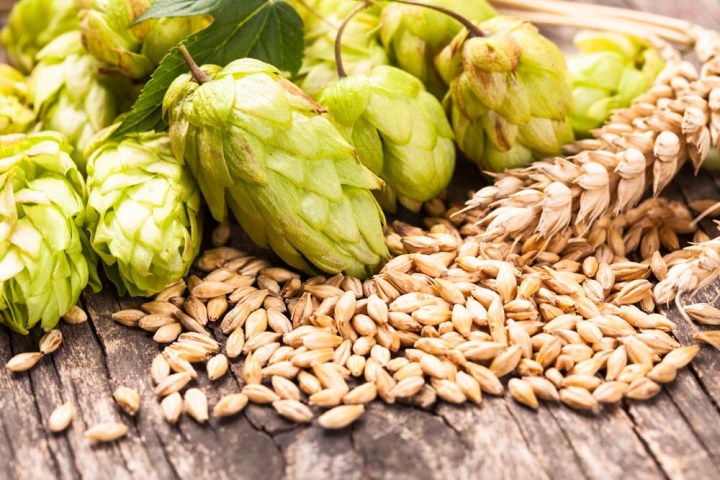
During the presentation, Waynant and Sass say they intend to focus on synthesizing two separate acids from the hops in humulones and lupulones. An alpha acid, humulones are known to boast anti-inflammatory and anticancer characteristics and are responsible for a beer’s bitter taste. Lupulones, on the other hand, are a beta acid which are thought to be as equally important but very little is known of its exact biological effects. It’s believed that a combination of the two would form a viable antibiotic capable of improving one’s health.
Unfortunately, extracting these exact chemicals is much easier said than done. The duo theorizes they’ll be able to accomplish the task by using high-performance liquid chromatography to separate the two acids; however, analytical standards of this kind do not yet exist. Because of this, Waynant and Sass plan on manufacturing a library of analytical standards themselves by attempting to produce humulone and lupulones in a lab.

“When researchers extract healthful chemicals from hops, they first have to determine whether they have separated out the specific compounds they’re interested in,” Waynant said at the meeting. “But if you can figure out how to make these compounds from scratch, you know they are the right ones.”
Waynant’s process for manufacturing the acids in lab begins with a commercially available plant compound called phloroglucinol. To date, the two have successfully found a way to synthesize three different types of humulones but admit they are still working to find a more efficient way of conversion. However, Waynant feels they are incredibly close to settling on a final method that would consistently manufacture humulones.
“It’s been a lot of trial and error,” Sass pointed out. “But it’s so exciting when an approach finally works.”
Moving forward, Waynant says he hopes to partner with biologists and medical researchers to create hop compound drugs capable of treating various cancers and inflammatory diseases. Though finding a way to use the hop flower as a means of curing disease isn’t relatively new, Waynant and Sass’ approach to synthesizing it have brought it closer to a reality than ever before.


